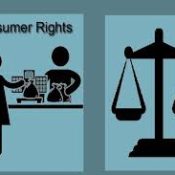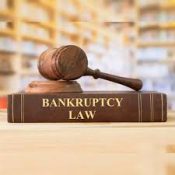
Bankruptcy & Beyond: Balancing Creditors’ Rights and Debtors’ Relief
Financial distress is not just about numbers on a balance sheet—it impacts businesses, employees, creditors, and the economy at large. To address this, Bankruptcy, Insolvency & Recovery Laws create a structured framework that balances two competing interests: creditors seeking repayment and debtors seeking relief and revival.
1. Understanding Bankruptcy & Insolvency
Bankruptcy: A legal declaration that an individual or entity cannot repay debts.
Insolvency: A financial state where liabilities exceed assets, often leading to bankruptcy proceedings.
While bankruptcy is the formal process, insolvency is the condition that triggers it.
2. Legal Framework in India
The Insolvency and Bankruptcy Code (IBC), 2016 revolutionized debt resolution by:
Providing a time-bound process (180–330 days).
Allowing creditors to initiate insolvency against defaulting debtors.
Empowering Insolvency Professionals & Committees of Creditors to decide the debtor’s future.
Prioritizing revival and restructuring over liquidation.
3. Creditors’ Rights Under Insolvency Laws
Secured creditors can enforce claims against collateral.
Operational creditors have a right to initiate insolvency proceedings.
Committee of Creditors (CoC) holds decision-making power on restructuring or liquidation.
Distribution waterfall ensures fair repayment priority after liquidation.
4. Debtors’ Relief & Opportunities
While protecting creditors is crucial, the law also ensures relief for debtors:
Moratorium period: Halts all recovery actions during insolvency proceedings.
Resolution process: Focus on restructuring debts rather than liquidation.
Fresh start provisions: For individuals with minimal assets and income.
Opportunity to revive: Debtors may regain control after successful resolution.
5. Recovery Mechanisms
Corporate Insolvency Resolution Process (CIRP) for companies.
Individual & Partnership Bankruptcy processes for non-corporate entities.
Liquidation proceedings if revival is not possible.
Cross-border insolvency frameworks (under development) for global businesses.
6. Striking the Balance
The essence of insolvency law lies in balance:
Creditors’ security is protected to maintain trust in the financial system.
Debtors’ dignity and revival are preserved to encourage entrepreneurship and risk-taking.
Economic stability is maintained by ensuring time-bound resolutions.
✅ Key Takeaways
Bankruptcy and insolvency are not just about ending businesses—they are about reviving viable entities and ensuring fair recovery.
The IBC, 2016 has shifted India from a “debtor-friendly” to a more creditor-driven yet balanced system.
Effective use of recovery laws ensures that creditors recover dues while debtors get a chance to restart.
⚖️ Conclusion:
“Bankruptcy & Beyond” means moving past the stigma of financial failure and embracing a structured, fair, and balanced system of resolution. By protecting both creditors and debtors, insolvency laws aim to create a healthier, more resilient economy where financial setbacks don’t mean permanent collapse, but an opportunity for renewal.
All Categories
Recent Posts
Consumer Protection Law: Safeguarding Consumer Rights
Tags





